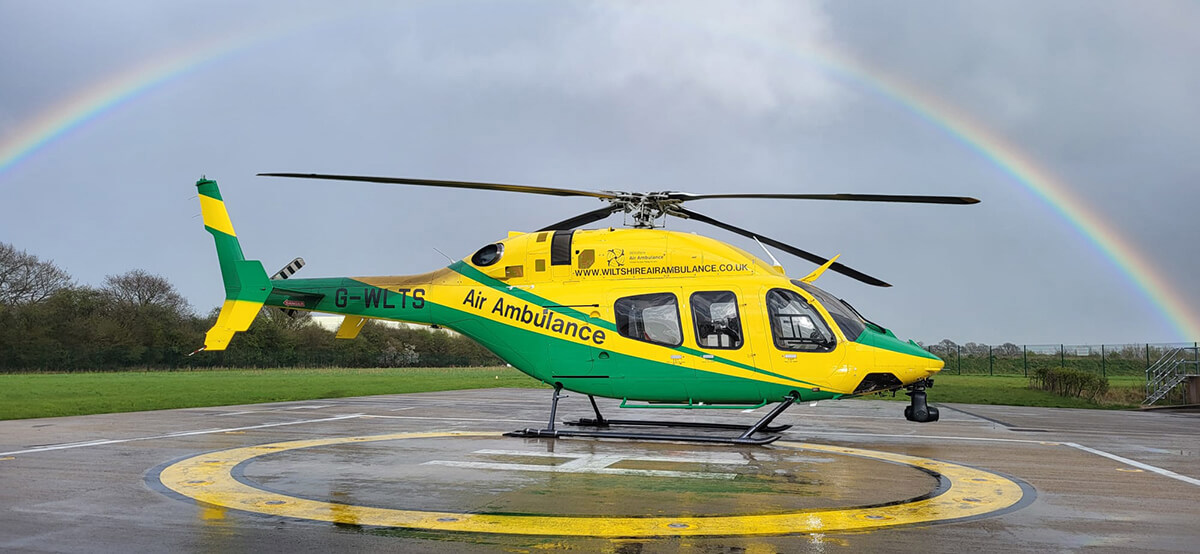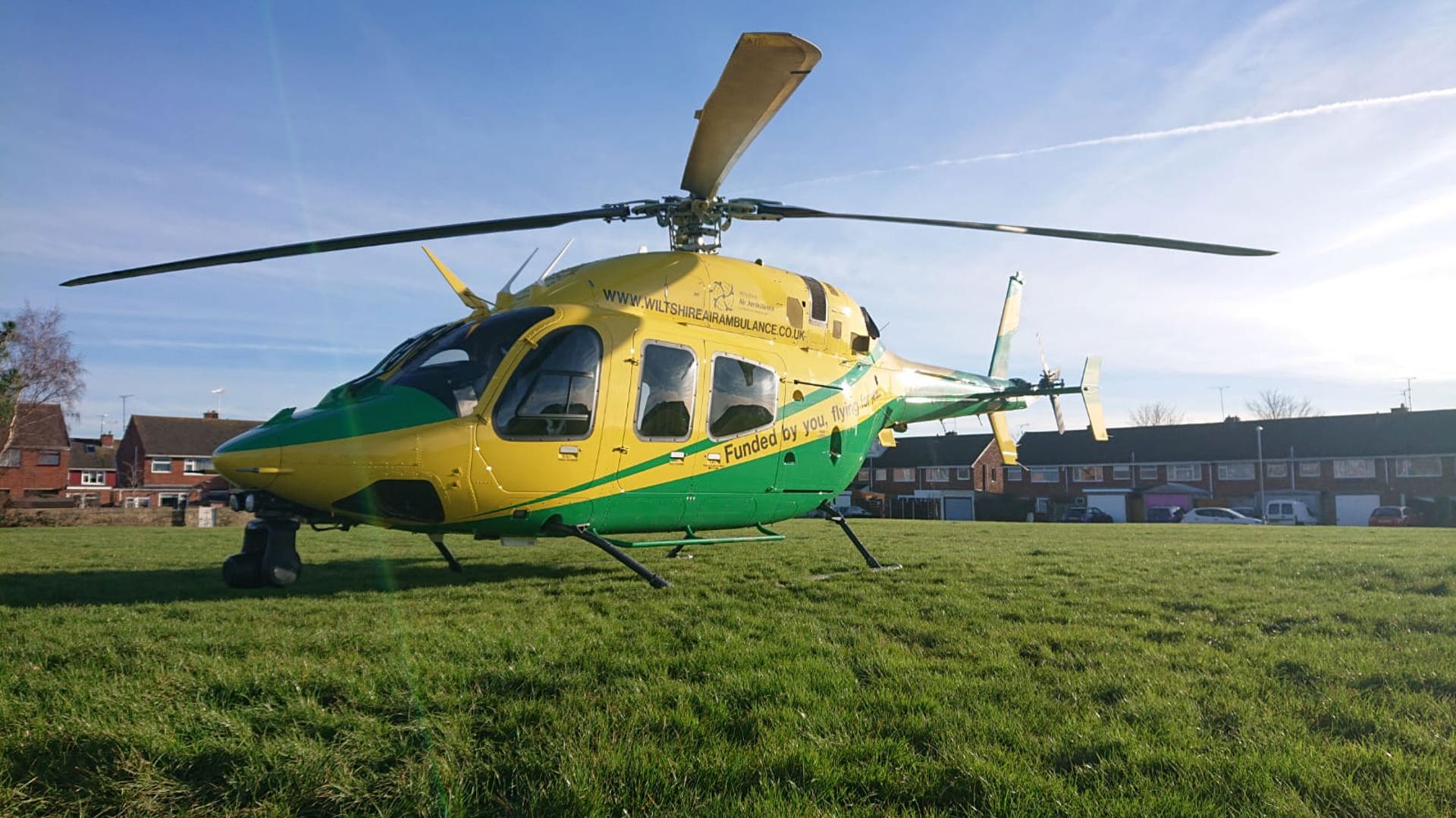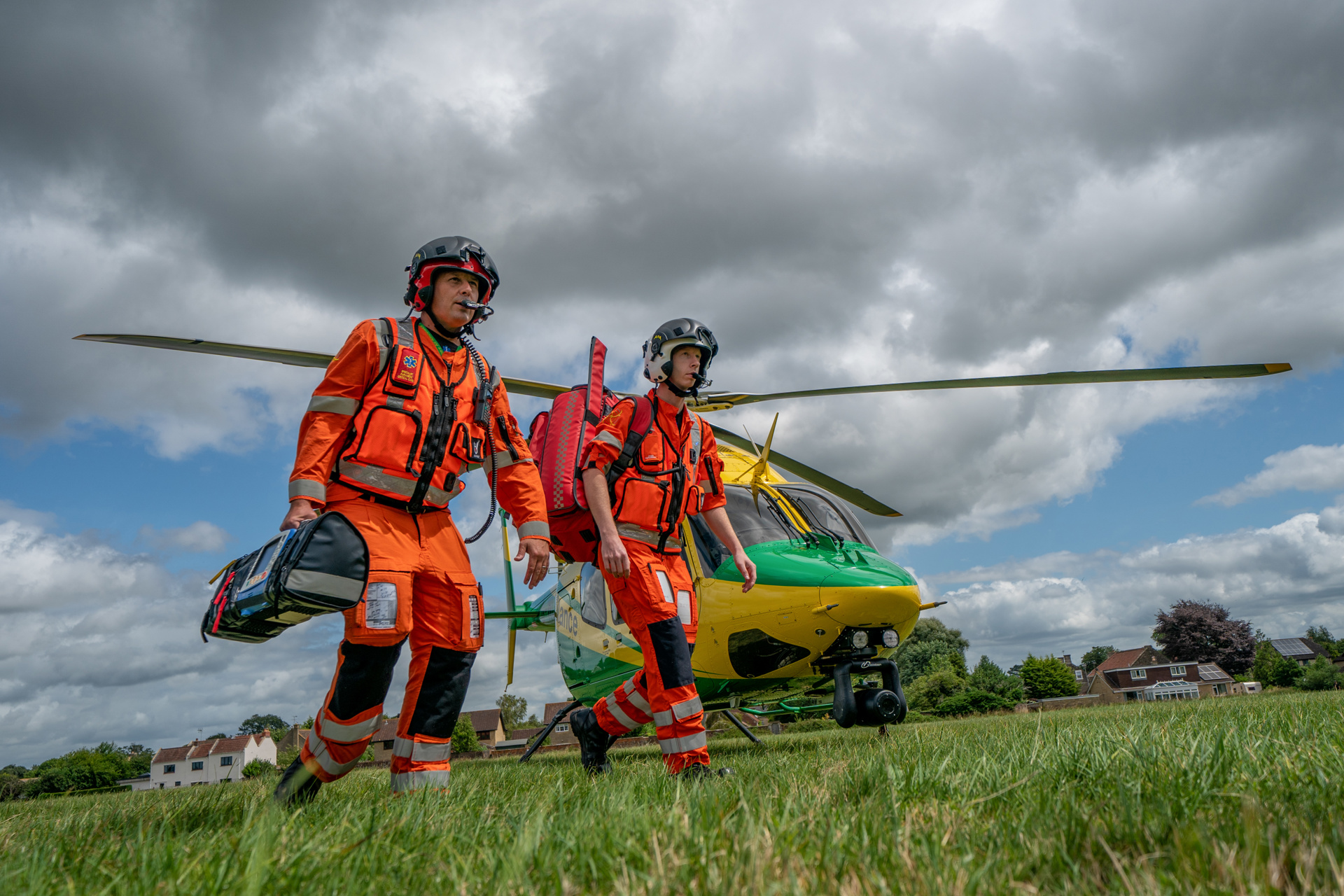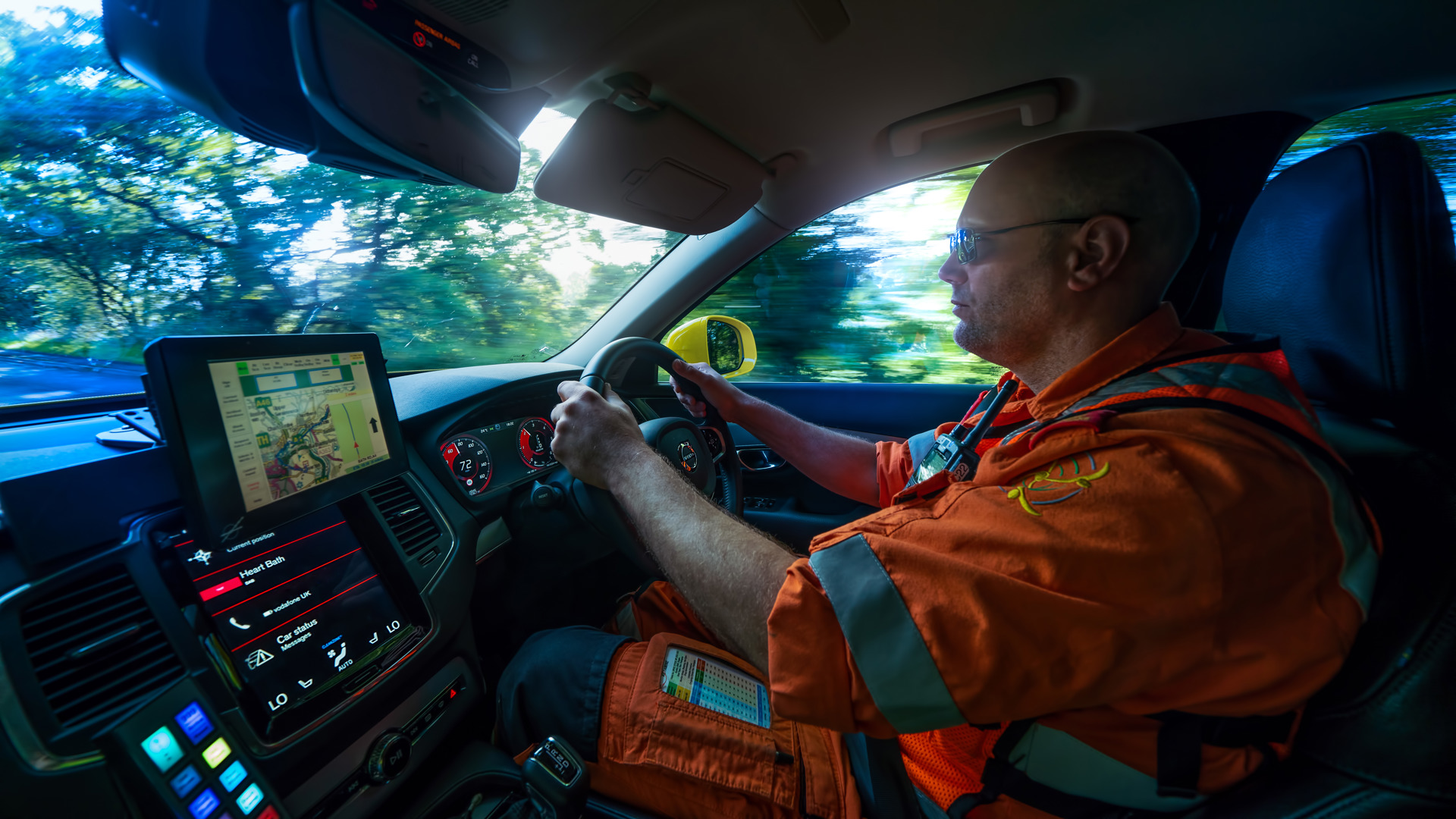Our impact | March 2024
Friday, 12 April 2024

The tally of 329 missions eclipses the previous busiest start to a year, when the aircrew responded to 299 missions from January to March back in 2019.
March proved to be a busy month for our aircrew, as they responded to a total of 114 missions, equating to an average of three missions every day.
Of the missions attended across Wiltshire, Bath and surrounding areas, 51 were in our Bell 429 helicopter, with 63 missions in our two critical care cars.
Despite the Spring Equinox and the lengthening daylight hours, a total of 37 missions took place at night, when our pilots need to use specialised night vision goggles.
Swindon was the most visited, with 23 missions taking place in the area. Our critical care team attended 16 missions within Somerset and eight missions in Trowbridge. We were called to seven missions in the city of Bath.


We attended 40 missions with pre-hospital doctors on board, over a third of all missions during March. Pre-hospital doctors help the team make advanced decisions on scene and administer alternative medications which critical care paramedics are unable to deliver.
We performed 22 patient transfers to various hospitals, with eight transfers to Royal United Hospital in Bath, seven to Southmead Hospital in Bristol and three to Great Western Hospital in Swindon.
In terms of mission types, our crew were called to 27 were medical conditions, 26 road traffic collisions, and 17 cardiac emergencies. We also attended 18 incidents involving children.
The crew are often called upon to perform surgical procedures, deliver blood transfusions and administer pre-hospital emergency anaesthesia at the scene of an incident.
During March, our aircrew carried out two procedural sedations, three patients needed pre-hospital emergency anaesthesia, which is a vital yet high-risk intervention. It is used to gain rapid control of a patient’s physiology following serious traumatic or medical incidents.
There were six patients who required blood transfusions on scene before being transferred to hospital. We carry two units of O Negative red blood cells, two units of O Positive red blood cells and four units of plasma on board our helicopter and critical care cars.
Our aircrew supported five patients with advanced airway management, and on two occasions the team used the LUCAS machine to deliver CPR.

To find out more about where we have been and our most recent missions, click here to use our interactive Mission Map.
Get in touch
Have you been airlifted by us?
If you or someone you know has been airlifted by our team, it would be great to hear from you. We can arrange for a visit to the airbase for the chance to meet our pilots, paramedics and doctors.